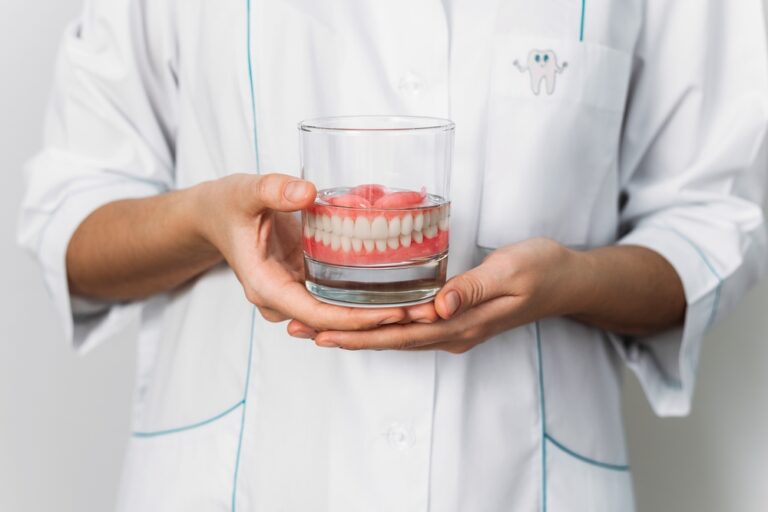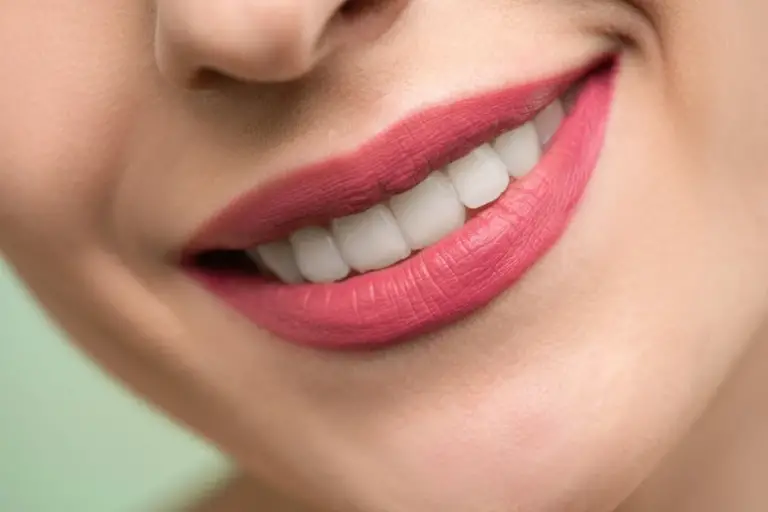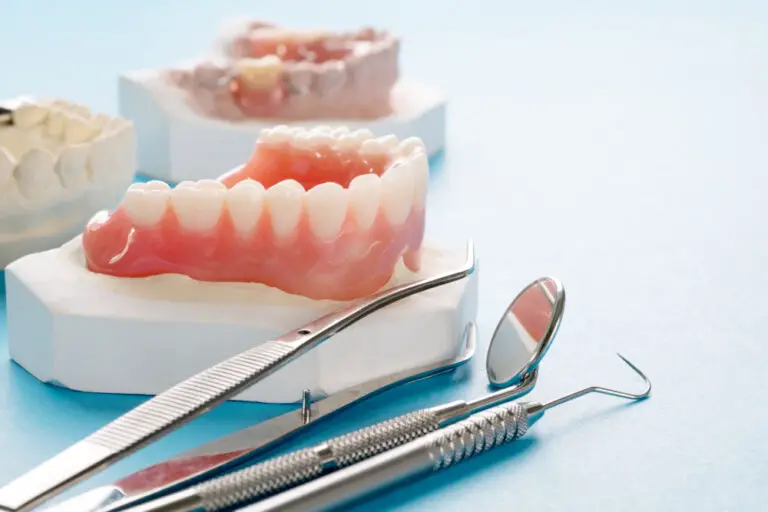Are teeth an organ or bone? This is a question that has puzzled many people, and the answer may not be as straightforward as you think. While teeth and bones share some similarities, they are actually two distinct parts of the human body.
Teeth are often mistaken for bones because they are hard and white, just like bones. However, teeth are not considered bones because they are not made up of the same tissues. Bones are made up of living tissues, such as collagen and calcium phosphate, while teeth are made up of enamel, dentin, and cementum.
So, if teeth are not bones, what are they? Teeth are actually considered organs. They are a part of the digestive system and play a crucial role in breaking down food so that it can be easily digested. Each tooth is made up of different layers that work together to perform this important function.
What Are Teeth?
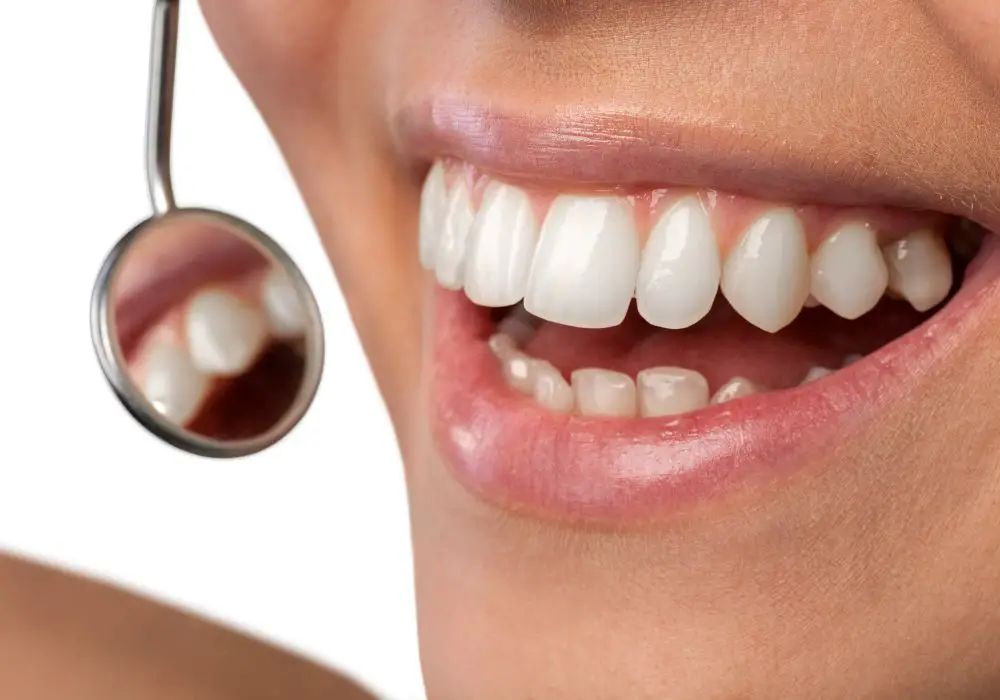
Teeth are an important part of your body that play a crucial role in your daily life. They are hard, white, and are located in your mouth. Teeth are used for biting, chewing, and tearing up food so that it can be more easily digested by your body. In this section, we will discuss the composition and function of teeth.
Composition of Teeth
Teeth are not bones, but they are made up of similar materials. Teeth are composed of four main tissues: enamel, dentin, cementum, and pulp.
- Enamel is the hard, outer layer of your teeth that protects them from damage and decay. It is the hardest substance in your body and is made up of mostly minerals.
- Dentin is the layer of tissue that lies beneath the enamel. It is softer than enamel and is made up of living cells that produce a mineralized matrix.
- Cementum is a layer of tissue that covers the roots of your teeth. It is similar to bone in composition and helps to anchor your teeth in your jawbone.
- Pulp is the soft tissue that lies at the center of your teeth. It contains nerves, blood vessels, and connective tissue.
Function of Teeth
Teeth have several important functions in your body. They help you to:
- Bite and tear food into smaller pieces
- Chew food so that it can be more easily digested
- Speak properly
- Maintain the structure of your face
Different types of teeth have different functions. For example:
- Incisors are the front teeth that are used for biting and cutting food.
- Canines are the pointed teeth that are used for tearing and grasping food.
- Premolars and molars are the flat teeth that are used for grinding and crushing food.
In conclusion, teeth are not just hard objects in your mouth. They are complex structures made up of different tissues that serve important functions in your body. By taking care of your teeth, you can ensure that they remain healthy and functional for years to come.
What Are Organs?
Definition of Organs
Organs are a group of tissues that work together to perform a specific function in the body. They are a vital part of the human body, and without them, the body cannot function properly. Organs are made up of different types of tissues, which are specialized groups of cells that work together to perform a specific function.
Characteristics of Organs
Organs have several characteristics that distinguish them from other parts of the body. Some of these characteristics include:
- Structure: Organs have a specific structure that is designed to perform a particular function. For example, the heart has a unique structure that allows it to pump blood throughout the body.
- Function: Organs have a specific function that is essential for the body’s survival. For example, the lungs are responsible for breathing, which is necessary for the body to receive oxygen.
- Location: Organs are located in specific parts of the body. For example, the liver is located in the upper right side of the abdomen.
- Blood supply: Organs have a dedicated blood supply that provides them with the necessary nutrients and oxygen to function properly.
- Regulation: Organs are regulated by the body’s nervous and endocrine systems. These systems work together to ensure that the organs are functioning correctly.
In conclusion, organs are a vital part of the human body, and they play a crucial role in maintaining overall health and well-being. Understanding the characteristics of organs is essential in understanding how they function and how they contribute to the body’s overall health.
What Are Bones?
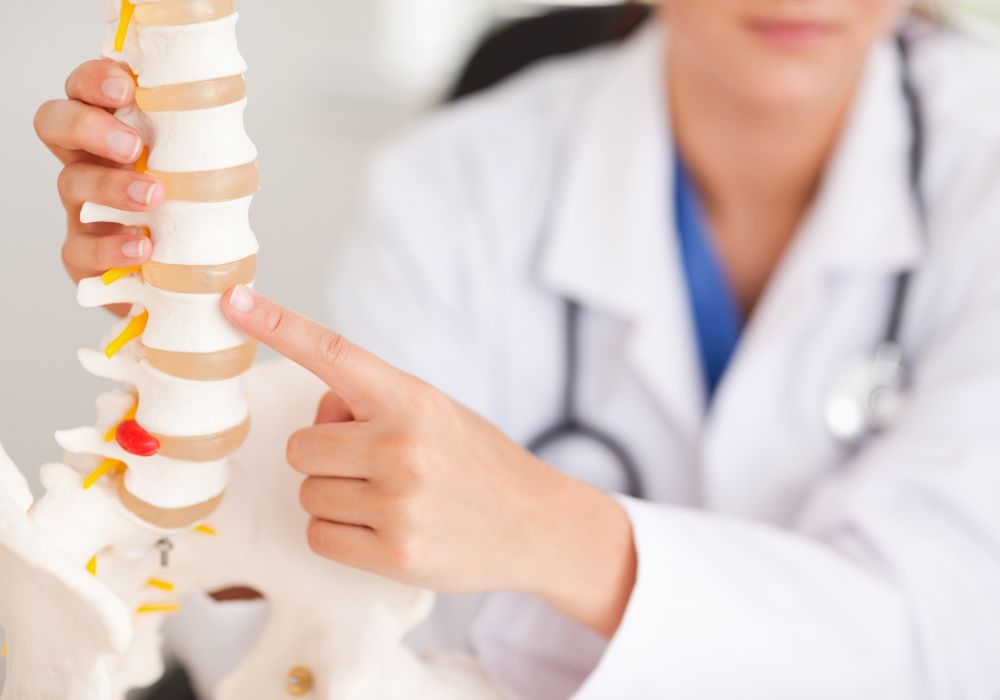
Bones are an important part of the human body, providing support, protection, and movement. They are considered a type of connective tissue and are made up of living cells, collagen fibers, and minerals such as calcium and phosphorus. In this section, we will explore the definition and characteristics of bones.
Definition of Bones
Bones are defined as rigid organs that make up the skeletal system of vertebrates. They are composed of specialized cells that produce and maintain the extracellular matrix, which is made up of collagen fibers and minerals. Bones are classified as long, short, flat, or irregular, depending on their shape. They also contain bone marrow, which produces blood cells.
Characteristics of Bones
Bones have several characteristics that make them unique. Here are some of the most important:
- Hardness: Bones are one of the hardest substances in the body, due to the high concentration of minerals such as calcium and phosphorus.
- Strength: Bones are strong and can withstand a lot of force, making them ideal for supporting the weight of the body and protecting internal organs.
- Flexibility: While bones are rigid, they also have some flexibility, which allows for movement and prevents them from breaking easily.
- Repairability: Bones have the ability to repair themselves when they are damaged, thanks to specialized cells called osteoblasts and osteoclasts.
- Growth: Bones continue to grow and develop throughout childhood and adolescence, and can also adapt to changes in the body’s needs over time.
In conclusion, bones are an essential part of the human body, providing structural support and protection, as well as allowing for movement and growth. Understanding their definition and characteristics is important for maintaining good bone health and preventing injuries.
Are Teeth Organs?
Teeth are not only hard structures in your mouth that help you chew and break down food. They are also considered organs because they are made up of different types of tissues and perform specific functions.
Teeth as Organs
Teeth are ectodermal organs, which means they are formed from the same embryonic tissue as your skin and hair. They are made up of four main types of tissue: enamel, dentin, cementum, and pulp.
Enamel is the hardest tissue in your body and covers the outside of your teeth. It protects your teeth from damage and decay. Dentin is a softer tissue that makes up most of your tooth structure. It is covered by enamel on the crown of your tooth and by cementum on the root. Cementum is a hard tissue that covers the root of your tooth and helps anchor it to your jawbone. Pulp is the soft tissue inside your tooth that contains nerves and blood vessels.
Teeth perform several important functions in your body. They help you chew and break down food into smaller pieces, which makes it easier for your body to digest. They also play a role in speech and help you form certain sounds. Additionally, your teeth play a role in maintaining the structure of your jawbone and face.
In summary, teeth are considered organs because they are made up of different types of tissue and perform specific functions in your body. Understanding the anatomy and function of your teeth can help you take better care of them and maintain good oral health.
Are Teeth Bones?
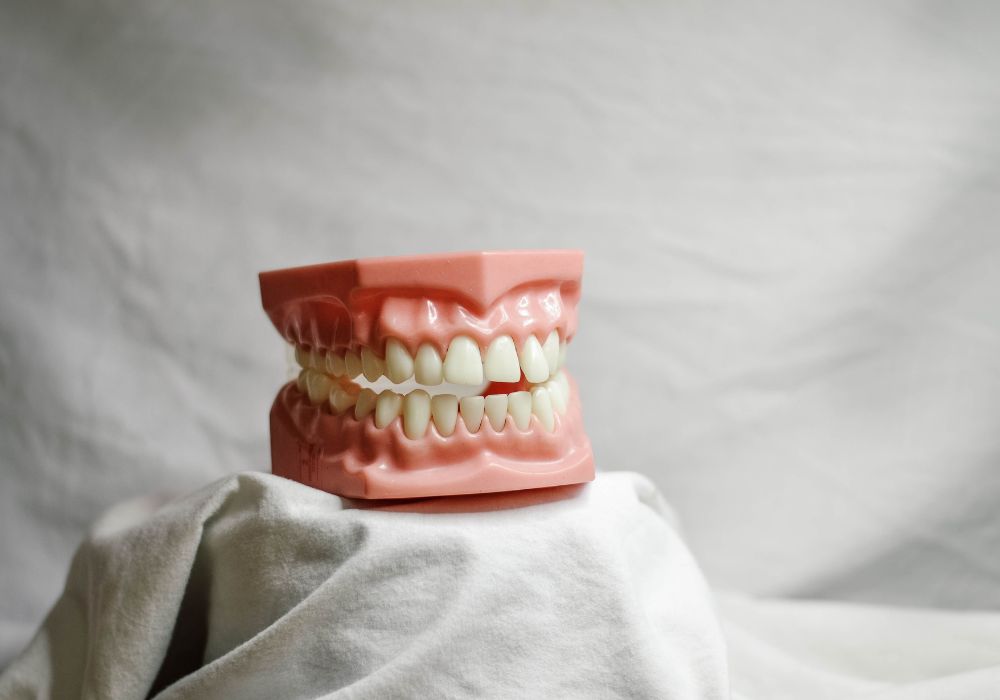
Teeth and bones share some similarities, such as being the hardest substances in the body and containing calcium. However, teeth are not actually bones.
Teeth as Bones
While teeth and bones are both composed of minerals, collagen, and other proteins, they have distinct differences in their composition and structure. Teeth are primarily made up of enamel, dentin, and pulp, while bones are made up of living cells, collagen, and calcium phosphate.
Enamel is the outer layer of the tooth and is the hardest substance in the body. It is made up of hydroxyapatite, a mineral that provides the tooth with its strength and durability. Dentin is the layer beneath the enamel and is also composed of hydroxyapatite, but it is softer and more porous than enamel. The pulp is the innermost layer of the tooth and contains nerves and blood vessels.
In contrast, bones are living tissues that are constantly being broken down and rebuilt by cells called osteoclasts and osteoblasts. Bones are composed of collagen, a protein that gives them flexibility, and calcium phosphate, a mineral that provides them with strength and rigidity.
In summary, while teeth and bones share some similarities, they are distinct structures with different compositions and functions. Teeth are ectodermal organs, while bones are living tissues.
Differences Between Teeth, Organs, and Bones
Teeth, organs, and bones are all important parts of the human body, but they have distinct differences. Here are some of the main differences between teeth, organs, and bones:
Structure
Bones are rigid, mineralized structures that provide support and protection to the body. They are composed of living cells, collagen, and calcium phosphate. Teeth, on the other hand, are not considered bones, although they are also mineralized structures. Teeth are made up of layers of hard tissue, including enamel, dentin, and cementum.
Organs are soft, non-rigid structures that perform specific functions in the body. They are made up of different types of tissues, such as muscle, nerve, and epithelial tissue. Organs can be single structures, like the heart or the liver, or they can be part of a larger system, like the digestive system.
Function
Bones provide support and protection to the body, and they also play a role in movement and storage of minerals. Teeth, on the other hand, are primarily used for biting and chewing food, as well as for speech and aesthetics.
Organs perform a wide variety of functions in the body, depending on their location and structure. For example, the heart pumps blood throughout the body, the lungs facilitate gas exchange, and the liver filters toxins from the blood.
Regeneration
Bones have the ability to regenerate and repair themselves after injury or damage. This is due to the presence of specialized cells, such as osteoblasts and osteoclasts, which can create new bone tissue and break down damaged tissue.
Teeth, on the other hand, do not have the ability to regenerate or repair themselves. Once a tooth is damaged or lost, it cannot grow back on its own. However, dentists can restore damaged teeth using various techniques, such as fillings, crowns, and implants.
Organs have varying degrees of regenerative capacity. Some organs, like the liver and skin, can regenerate to a certain extent after injury or damage. Other organs, like the heart and brain, have limited regenerative capacity and cannot repair themselves after injury or damage.
In summary, teeth, organs, and bones are all important parts of the human body, but they have distinct differences in terms of structure, function, and regenerative capacity. Understanding these differences can help you appreciate the complexity and diversity of the human body.
Frequently Asked Questions
What are teeth considered?
Teeth are considered organs, not bones. Organs are structures made up of different tissues that work together to perform a specific function, while bones are hard, mineralized tissues that provide support and protection to the body.
Why are teeth not bones?
Although teeth share some similarities with bones, such as being made up of calcium and other minerals, they are different in structure and function. Teeth are designed to cut, grind, and crush food, while bones provide support and protection to the body.
Are teeth counted in the 206 bones?
No, teeth are not counted in the 206 bones of the human body. The 206 bones refer to the number of bones in the adult human skeleton, which includes bones in the skull, spine, arms, legs, and pelvis.
Types of teeth and their functions
There are four types of teeth in the human mouth: incisors, canines, premolars, and molars. Each type of tooth has a specific function, such as cutting and biting (incisors), tearing and shredding (canines), grinding and crushing (premolars and molars).
What are teeth made of calcium?
Teeth are made up of several layers of tissues, including enamel, dentin, cementum, and pulp. Enamel is the hard, outer layer of the tooth that is made up of calcium and other minerals.
Molar teeth function
Molar teeth are located at the back of the mouth and are used for grinding and crushing food. They have a larger surface area and more cusps than other teeth, which allows them to break down food into smaller pieces for easier digestion.

